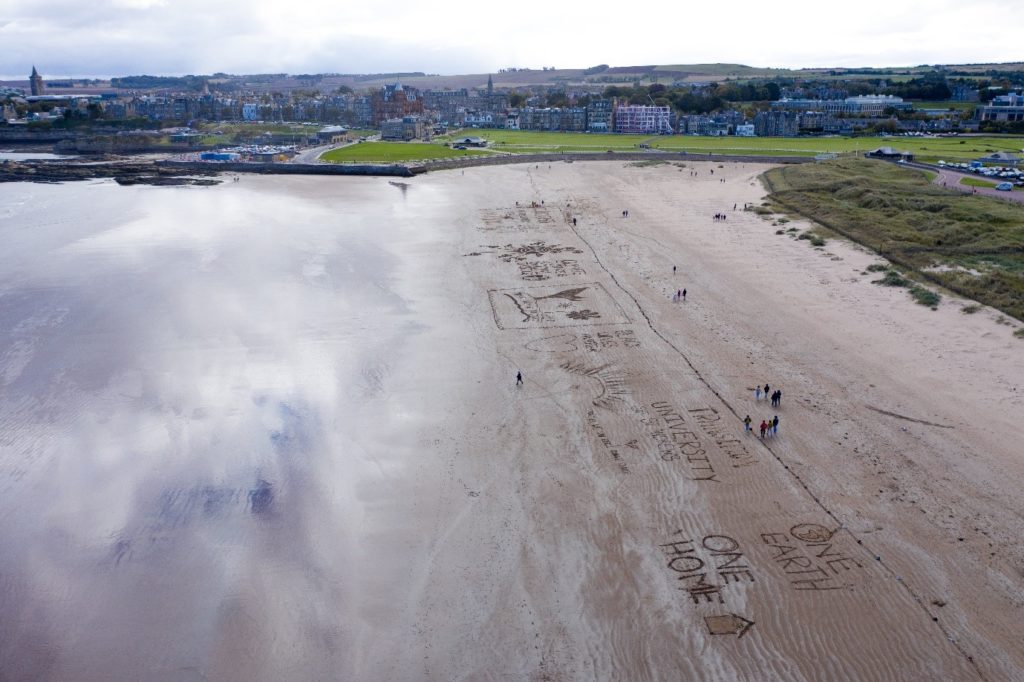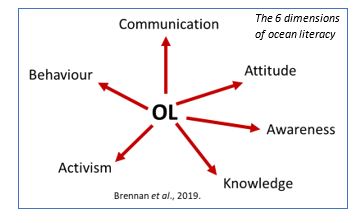
You’ve probably met people who say “why should I change?”, “I’m just one person, I can’t make a difference” or “why should I change when others don’t?”Maybe you have thought it yourself.
It’s true that we need governments and corporations to step up to the challenge of climate change and biodiversity loss. But it’s also true that the decisions of most governments and corporations are driven by the expectations, demands and choices made by citizens. As others have said: Lifestyle change and system change are two sides of the same coin.
voices and choices of everyday people therefore give direction and momentum to the bigger system changes. And those system changes enable more and faster lifestyle change.

What’s more, just as there are potentially calamitous tipping points in the climate and ecosystems, there are also tipping points for behaviour change. We’ve seen human behaviours around consumption and waste of resources tip into widespread bad habits. What we need to do now is to tip it back the other way, so that an accumulation of good behaviours amongst citizens and organisations become good habits, and that those start to be seen and accepted as socially normal. This is where we can take the leap from behaviour change to social and cultural change that can really accelerate positive outcomes for people and planet.
Sociologists tell us about the importance of ‘social norms’ and ‘social identity’ and their role in shaping our behaviours and actions as individuals. What’s really exciting about this is that we don’t actually need to convince everybody to change for the better: we just need to convince enough people to make personal changes and to make those changes visible or known to their friends, family and colleagues, and our tendency to copy those around us will do the rest.

If we go back to the title of this blog… you’ll notice that we actually asked, ‘why behavioural change’, rather than ‘why behaviour change’?
At the level of individuals and households, a tangible behaviour change is indeed the goal. But we need to recognise that getting to that point is a transitional journey. Most people need quite a lot of lead-in before making the leap to deliberate and positive behaviour change. As such, we think about behavioural change as including developing awareness
and understanding, to shifting values and attitudes, adopting good intentions and finding the agency (ability) to make changes… before an actual behaviour change happens.
This way of thinking about behavioural change aligns well with the concept of ‘ocean literacy’, which recognises multiple dimensions that include these psychological precursors to behaviour change. There is a big drive on for improving Ocean Literacy at the moment, as part of the UN Ocean Decade (2021-30). To this end, we recently surveyed Fife residents to understand their awareness, attitudes and actions towards the ocean environment, including climate-related behaviours. We will publish results soon on the People Ocean Planet website: A Fife-Eye View.

Behavioural change is a massive and complex area of work. Unfortunately, its commercial (mis)use has contributed to driving over-consumption of resources and all the collateral damage that can cause. But we can turn the tide and use similar methods to achieve positive outcomes for people and planet – if human behaviour can create a problem, then it can also fix it. Dive In! was a public exhibition taking up this challenge. It aimed to motivate individuals with knowledge, asking people to make and socialise their positive changes, and to ease those changes with some readily accessible tools and information to help us turn good intentions in to action.

Dr Chris Leakey, Coordinator of the People Ocean Planet initiative at MASTS.
Twitter: @OceanBehaviours
The exhibition Dive In! Protecting Our Ocean was carried out in partnership with the Scottish Oceans Institute and the People Ocean Planet initiative from the Marine Alliance for Science and Technology for Scotland. It was generously funded by the Calouste Gulbenkian Foundation (UK Branch) and Museums Galleries Scotland.